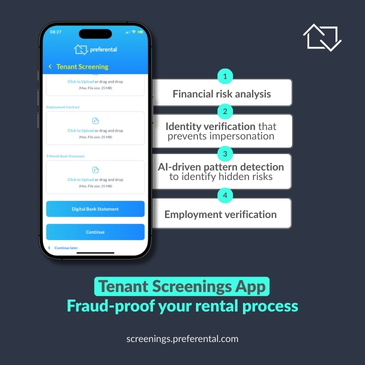Property Finance 2025: Rates, lending & investor moves
- Rates shape values and cash flow, buy for yield buffer above funding cost.
- Lenders favour strong DSCR (≥1.3x), conservative LTV (<80%) and compliant, credible borrowers.
- Use rate-pressure tactics: interest-only periods, term resets, rent optimisation, greening to cut opex and lift DSCR.
The interest-rate backdrop: why it matters now
After the ultra-low prime era (~7% in 2020) and the 2023 peak (~11.75%), periodic 25 bps cuts have rekindled activity. Remember the rule of thumb: when rates fall, affordability and values firm; when rates rise, yields must carry the asset. Plan for both cycles.
Investor takeaway
- Buy well: target acquisition yield > cost of funds by a comfortable margin.
- Stress-test: model +200 bps on rates and ensure the deal still cash-flows.
“Buying well means securing a yield that comfortably exceeds funding costs, so the deal survives rate swings,” says Khumbulani Chikomo.
Structure conservatively from day one
- DSCR: Aim for ≥1.3× (net operating income ÷ instalment).
- LTV: Keep <80% to build equity headroom against valuation dips.
- Covenants: Track interest cover, vacancy buffers and lease expiries; avoid covenant drift.
What lenders are looking for - TUHF perspective
At TUHF, we’ve historically been conservative, higher DSCRs, lower LTVs and longer terms given inner-city and construction risk.
With expanded capital-markets access and a broader in-city/suburban footprint, more competitive funding is now available for larger deals, provided fundamentals stack up.
Expect scrutiny on
- Deal viability: Realistic rents, vacancies, opex and capex, no heroic assumptions.
- Borrower profile: Clean credit, demonstrable capacity and integrity.
- Compliance: Tax/FICA and personal financial management in good order.
Cash-flow tactics when rates are high
- Interest-only periods (temporary): Preserve cash during spikes; revert to amortising when conditions improve.
- Term resets/extension: Smaller instalments to stabilise DSCR.
- Recycle capital: Sell low-yield assets; settle expensive debt (watch for penalties).
- Income optimisation: Calibrated rent reviews, reduce arrears, and tighten leasing.
- Cost reduction: Greening/efficiency (solar, water-saving, LEDs) to lift NOI and DSCR.
Common pitfalls that trigger declines
- Shallow market work: Overstated rents/absorption; underestimated opex/capex.
- Weak borrower profile: Adverse credit history; thin liquidity.
- Paperwork gaps: Missing FICA, tax non-compliance, or incomplete statements.
Strategies that can work in 2025
- Target resilient sub-markets: Employment-adjacent nodes with transport links and essential-services proximity.
- Value-add over ground-up (where priced right): Light refurb/energy retrofits to manufacture yield quickly.
- Blend debt wisely: Fix/floating mixes, hedges or caps if available and cost-effective.
- Partnerships: Co-invest or JV to share risk, access balance sheets, and unlock lender confidence.
- Data discipline: Quarterly deal audits, re-underwrite with latest rates, vacancies and opex.
- Bankability pack: Maintain a standing lender dossier (audited financials, rent rolls, leases, DSCR/LTV snapshots).
Way forward
Rates will move; fundamentals and discipline endure. If you buy for yield, structure conservatively, and manage cash flow proactively, you create options in any cycle.
And with financiers like TUHF signalling competitive appetite for well-structured in-city and suburban deals, prepared investors can convert 2025 into a growth year, without overreaching.
TUHF Limited is a commercial property financier providing specialised solutions across South Africa’s urban and suburban markets, backed by deep market knowledge and a targeted business model. Khumbulani Chikomo is a Senior Portfolio Manager at TUHF in Johannesburg






.avif)

.avif)


.avif)

.avif)




.svg)


.avif)

.avif)







%20.avif)








.avif)
%20.avif)
